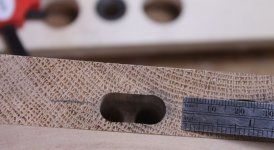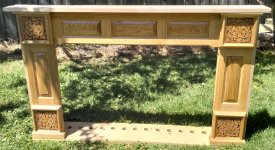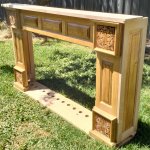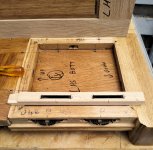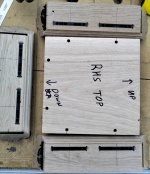I have the Zeta P2, Domino 500 and Mafell DDF40 - if had to get rid of one, it would be the Domino 500.
The Lamello and Mafell are better engineered tools, but this is a moot point as the Festool is a high quality tool. The accuracy of the Mafell surpasses the Domino.
I often use dowels for alignment and Tenso for pulling the joint together, very fast and accurate joining. The Zeta and DDF40 also work perfectly together for Divario invisible shelf fittings.
If I could only have one, I'd pick the DDF40.
The Lamello and Mafell are better engineered tools, but this is a moot point as the Festool is a high quality tool. The accuracy of the Mafell surpasses the Domino.
I often use dowels for alignment and Tenso for pulling the joint together, very fast and accurate joining. The Zeta and DDF40 also work perfectly together for Divario invisible shelf fittings.
If I could only have one, I'd pick the DDF40.











